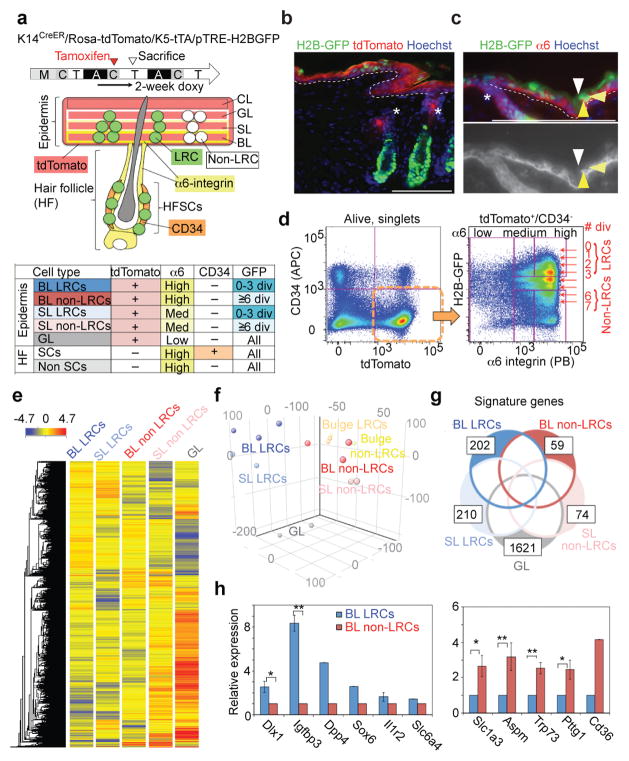Figure 2. H2B-GFP LRCs and non-LRCs are molecularly distinct.
a, Experimental time-line and scheme for FACS-cell sorting. M, morphogenesis; A, anagen; T. telogen; C, catagen stages of hair cycle. b, c, Immunostaining of back skin from K5-tTA/pTRE-H2B-GFP/K14CreER/Rosa26-tdTomato quadruple-transgenic mice. Arrowheads in c and c′ indicate LRCs in the BL (yellow), SL (light yellow) and GL (white) with different levels of α6-integrin expression. The dashed line represents epidermal-dermal junctions. Asterisks indicate the upper hair follicle region (infundibulum). Scale bars, 100 μm. d, FACS scatter plot and sorting gates for isolating skin sub-populations subsequently analysed by microarray. e, Heat map and associated hierarchical clustering of microarray signals detected in all sorted populations indicated at the top. f, Principal component analysis of microarray signals from all the sorted populations. Each dot represents one sample derived from a different mouse (triplicate for BL LRCs and BL non-LRCs and duplicate for SL LRCs, SL non-LRCs, GL, bulge LRCs and bulge non-LRCs). g, Number of signature genes in each population and extent of overlap between the indicated populations. h, QRT-PCR for select BL LRC and non-LRC up-regulated genes. Error bars show s.e.m.; **: P<0.01; *: P<0.05. (Dlx1, n = 5 mice, P=0.01; Igfbp3, n = 3, P=0.0005; Il1r2, n = 4; Slc1a3, n = 5, P=0.04; Aspm, n = 4, P=0.001; Trp73, n = 3, P=0.008; Pttg1, n = 3, P=0.03). For Dpp4, Sox6, Slc6a4 and Cd36, the average of two mice is shown. Statistical analyses were performed using the two-tailed Student’s t-test wherever n ≥ 3. Experiments are repeated twice with 2 different mice for representative images (b, c) and 5 times with 10 mice for FACS (d). Microarray are repeated triplicate for BL LRCs and BL non-LRCs and duplicate for SL LRCs, SL non-LRCs, GL, bulge LRCs and bulge non-LRCs (e-g).

